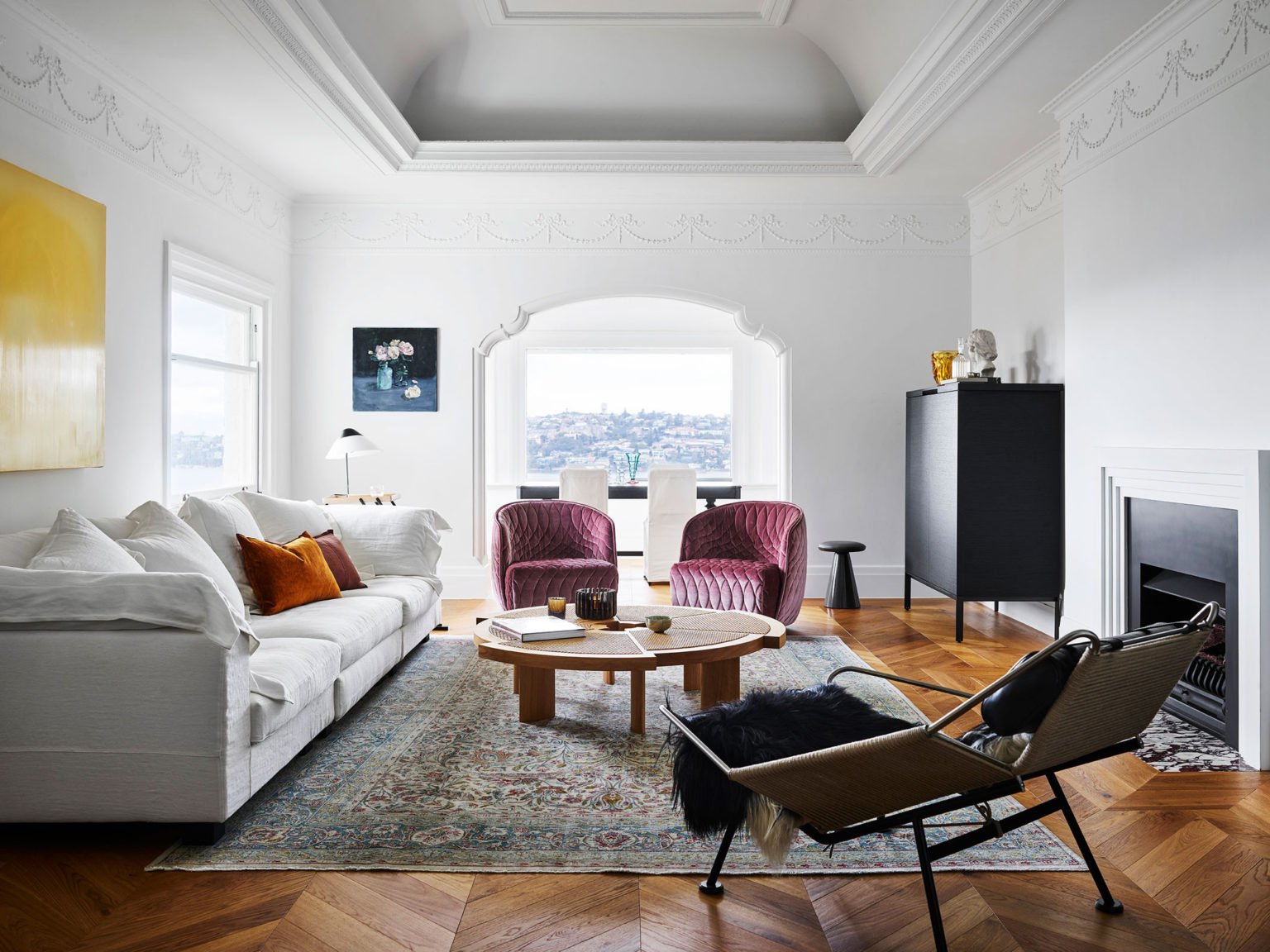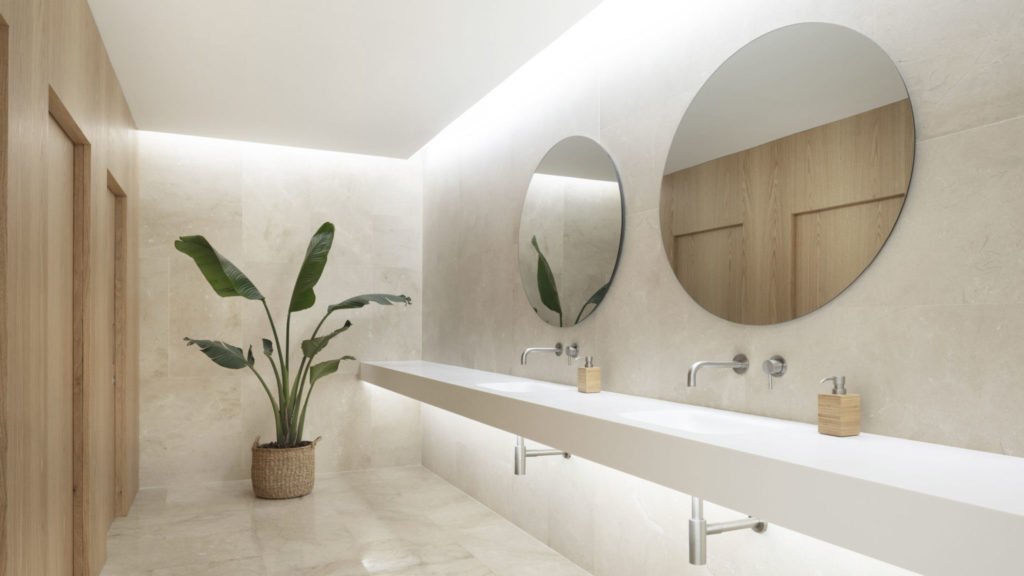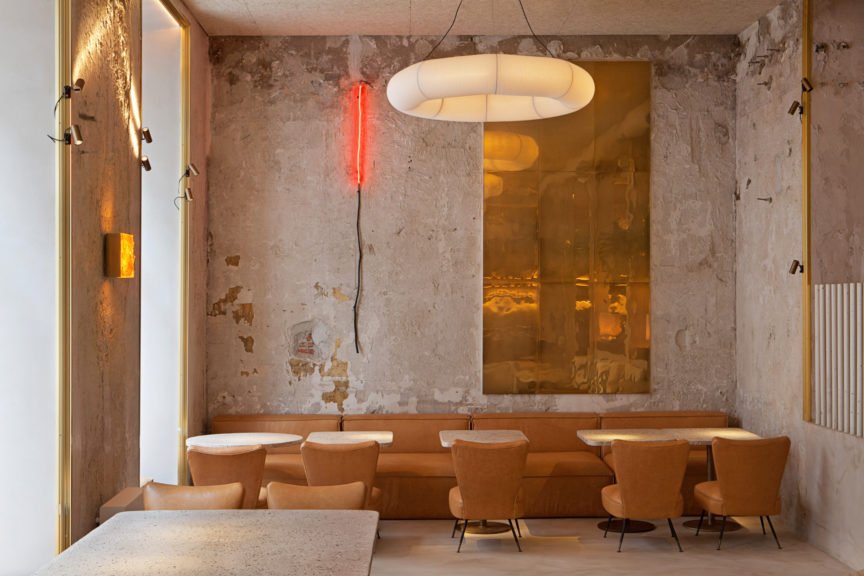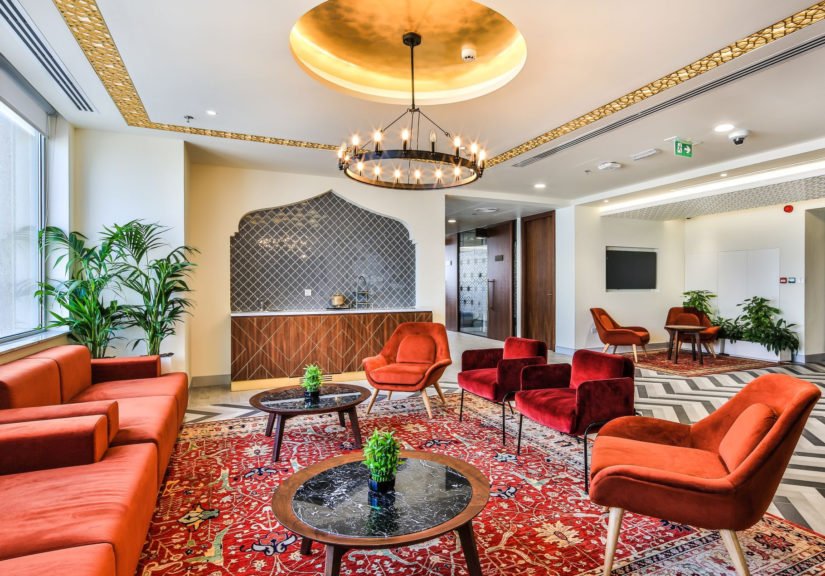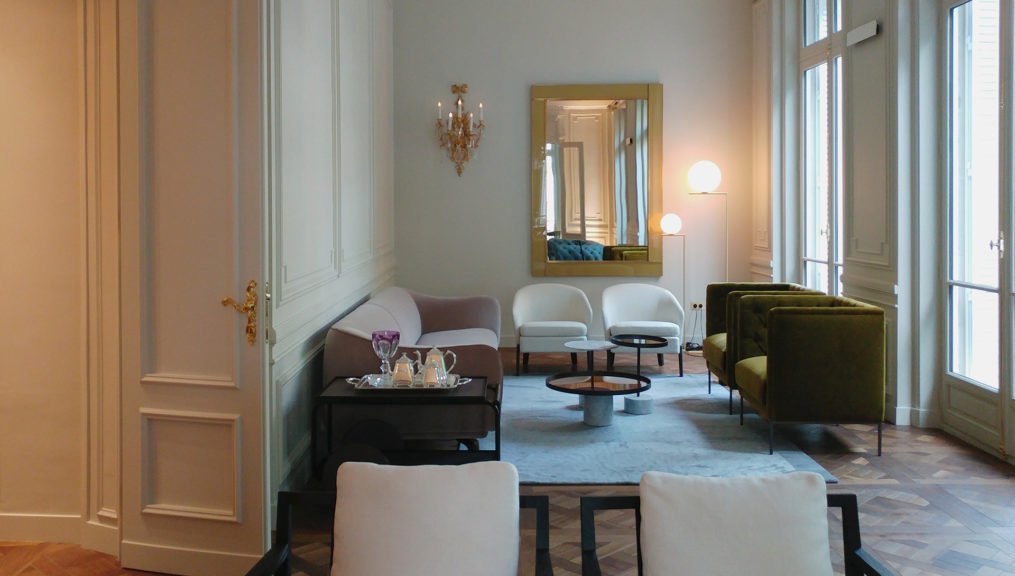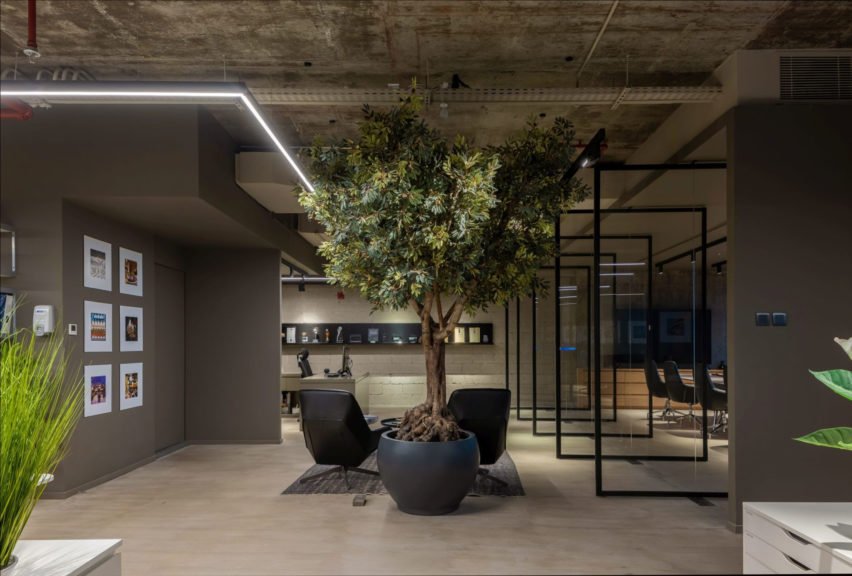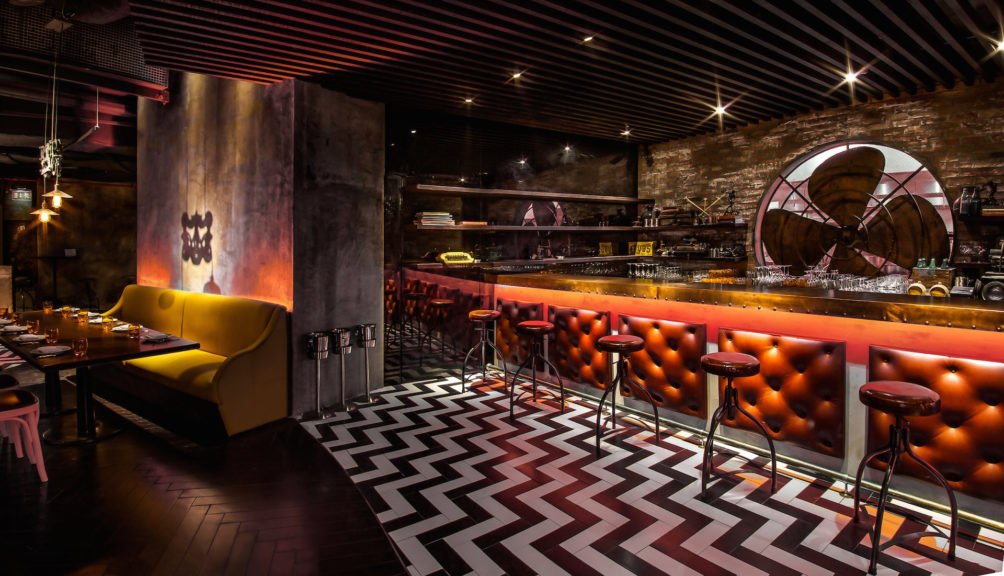Italian interior design is synonymous with luxury and quality. Its design ideology has laid the foundation for various other design styles to evolve. A few notable features of Italian design are the ancient mosaics of the Roman empire and the intricate designs of the Renaissance.
A Walk Down History
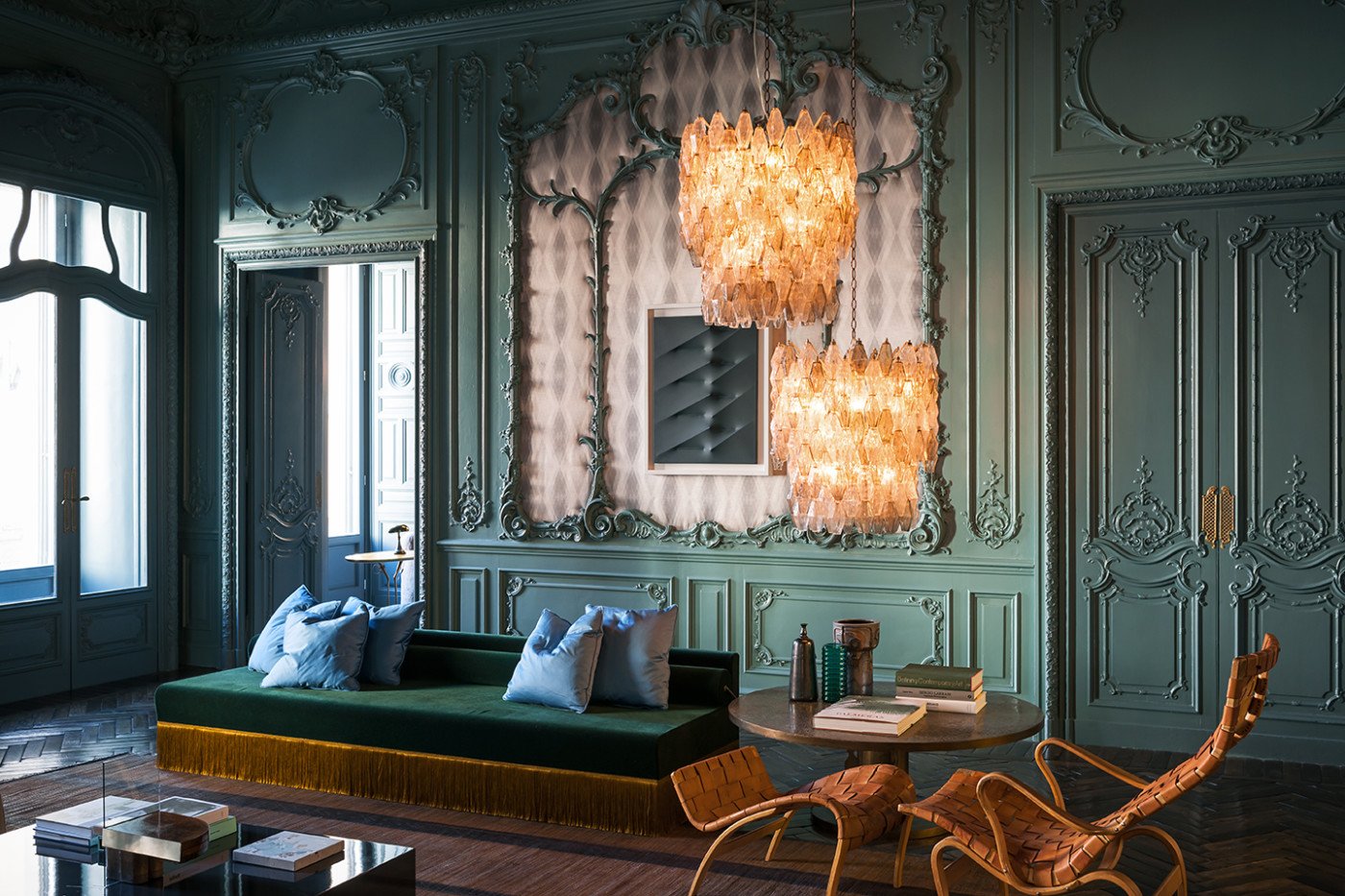
Image Courtesy: Modern Chandeliers
The brief history of Italian Interior designs dates back to the 15th century. The interest in decorating spaces came from the Romans. They created architectural marvels and designed the interior of these structures with maximum functionality and aesthetics. Italian designs continue to be influenced by Roman architecture in ventilated, open spaces and the integration of natural elements.
6 Characteristics of Italian Interior Design
Italian Designs are characterised by a range of features like good taste, luxurious furniture and minimalism. But here is a deeper understanding of the characteristics that represent the Italian design style.
1. Mix of Modern and Rustic
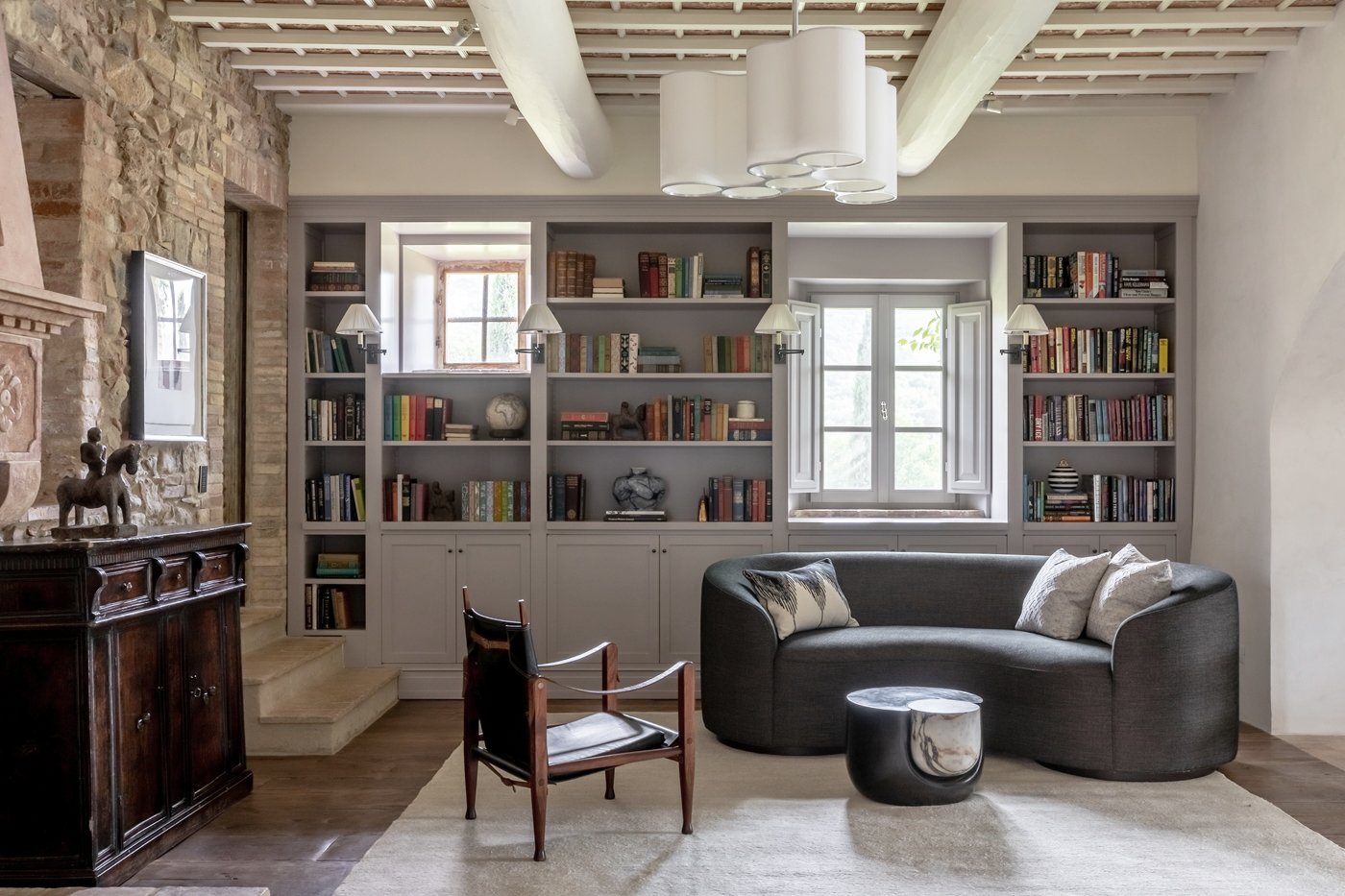
Image Courtesy: Sarahliz Lawson Design, Inc.
Incorporating elements of old architectural style with modern furniture is a great way of mixing styles. Old architecture can be incorporated in form of pillars, ceiling designs or furniture from antique stores.
2. Space Utilization
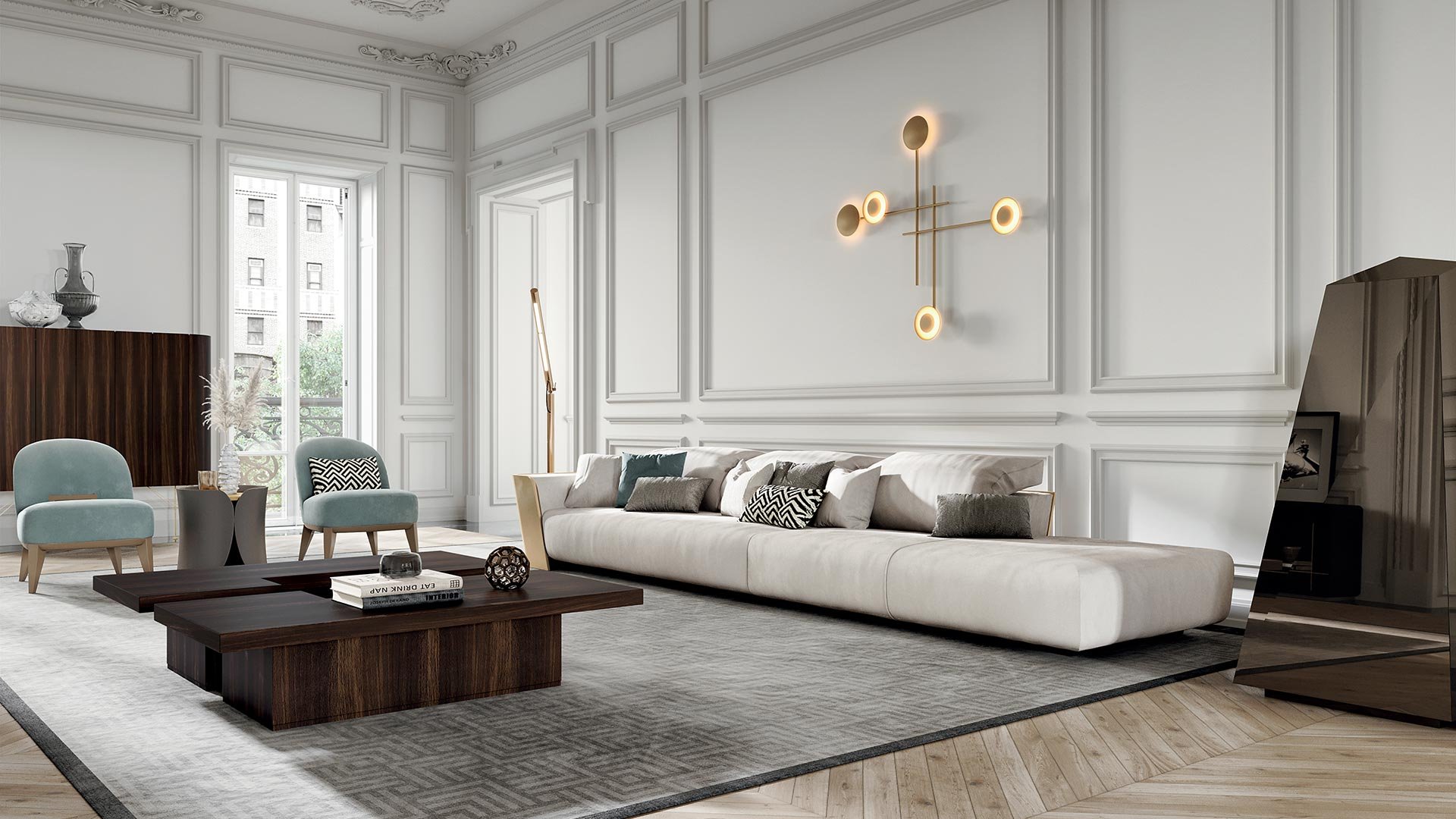
Image Courtesy: STIRpad
Light airy spaces are the key to efficiently achieving modern Italian design. Italian design incorporates clever use of furniture, and light all while retaining the architectural features. Maximum utilization of space is achieved by concealed and smart storage options that create a clean, clutterless look.
3. Cosy Minimalism
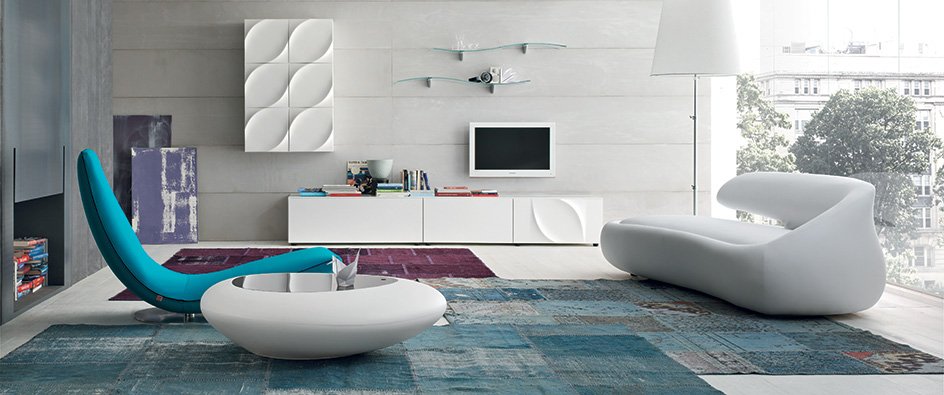
Image Courtesy: Italian Interiors
One of the Italian design characteristics that are often adopted is the “less is more” ideology. Italian design, which is often characterized by the use of luxurious textures, massive furniture and works of might be contradicting the concept of minimalism. However, these characters are balanced by spatial orientation and ample natural light.
4. Stone
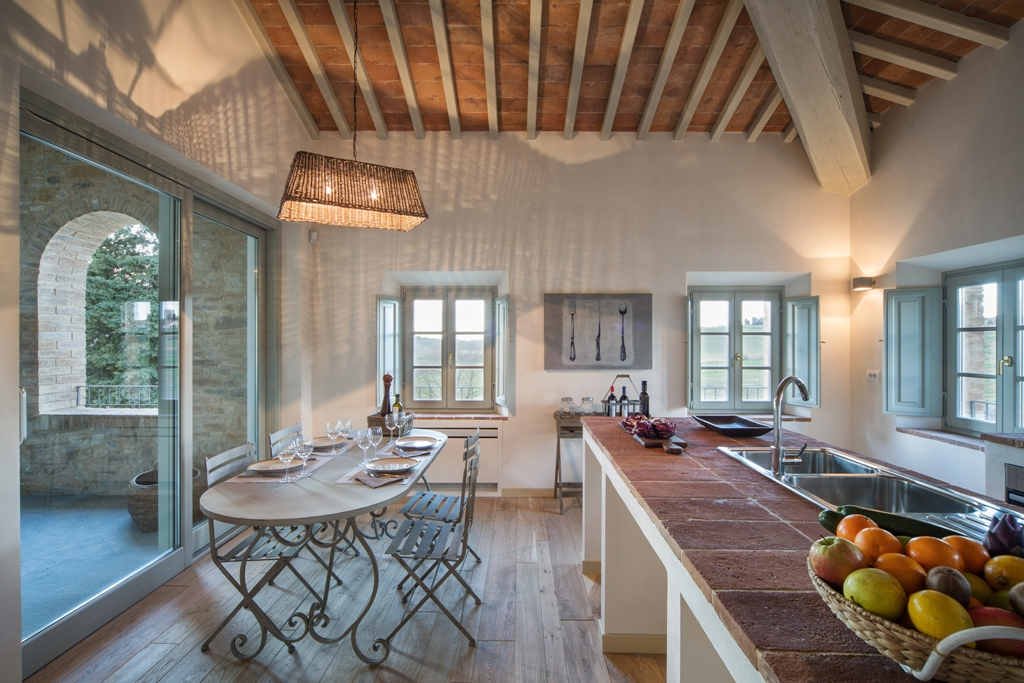
Image Courtesy: ItalianBark
Italian stones are famous for their quality and durability around the world. Their stonework ranges from luscious marbles to attractive quartz and warm terracotta stones. The intricate stone detail of Italian designs is flexible to be used either on floors or walls.
5. Importance for Kitchen

Image Courtesy: Esperiri
Italians often perceive the kitchen as an extended and integral part of a living room. While storage and functionality take precedence, modern designs bring a balance between these and aesthetic value. Kitchen spaces have evolved drastically through time in Italian design.
6. Statement Elements
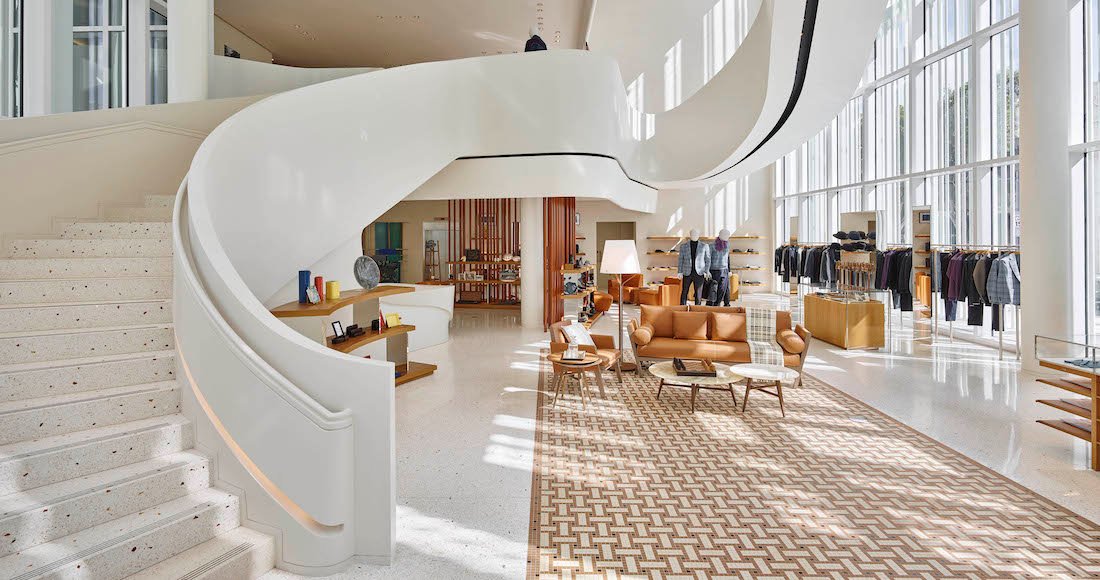
Image Courtesy: Identity.ae
From bold chandeliers to velvet upholstered sofas, luxurious statement pieces that grab focus are essential elements in an Italian design. Pieces like travel souvenirs, paintings of abstract art help create the grand focal point. Statement furniture also helps break the modern sober-toned curation by giving it a pop of colour, texture and character.
Why is Italian Interior Design so Popular?
Italian design is one of the oldest design styles tracing its routes back to the renaissance period with its eccentric columns and bold colours infused with gold accents. However, this style remains a first choice for designers even today after its constant evolution over time.
This is due to its characteristics such as elegance and luxury brought by the use of materials like marble, gold and other natural stones. High-quality furniture and furnishing curated by expert artisans also set aside the Italian design style from the rest.
Bringing the Touch of Italian Interior Design to your Spaces: Top 4 Ideas
Italian style being one of the popular choices of homeowners when it comes to designing their space could be achieved in a few easy ways.
1. Sophisticated and Bold Colours and Patterns
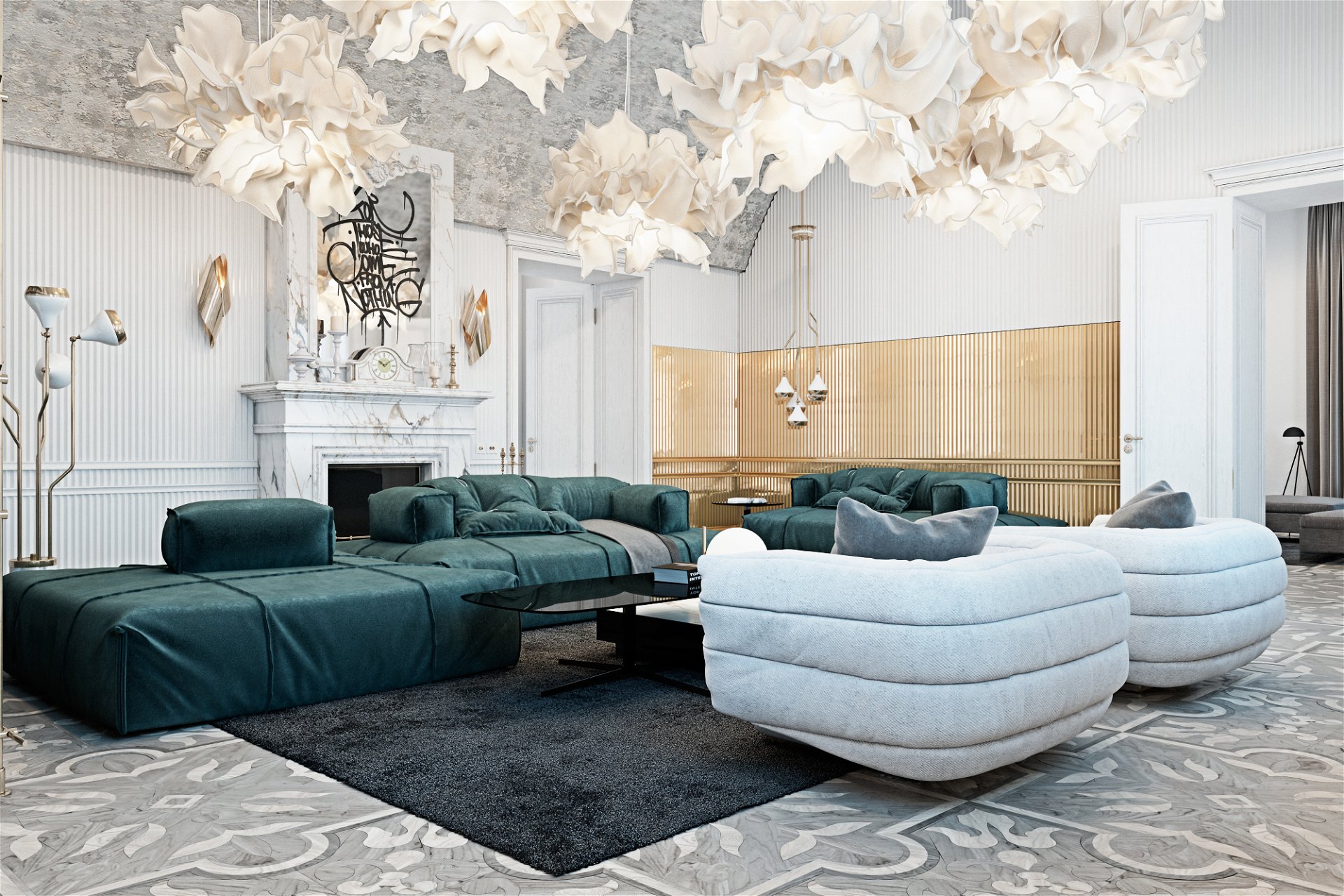
Image Courtesy: Living Room Ideas
Adding a statement piece of furniture in a bold colour in a space decked up in a neutral colour palette is one of the ways to achieve a luxurious Italian look for a space. The element of focus could be a bold colour or a bold pattern to grab the attention.
2. Achieve a balance between Open and Concealed Storage
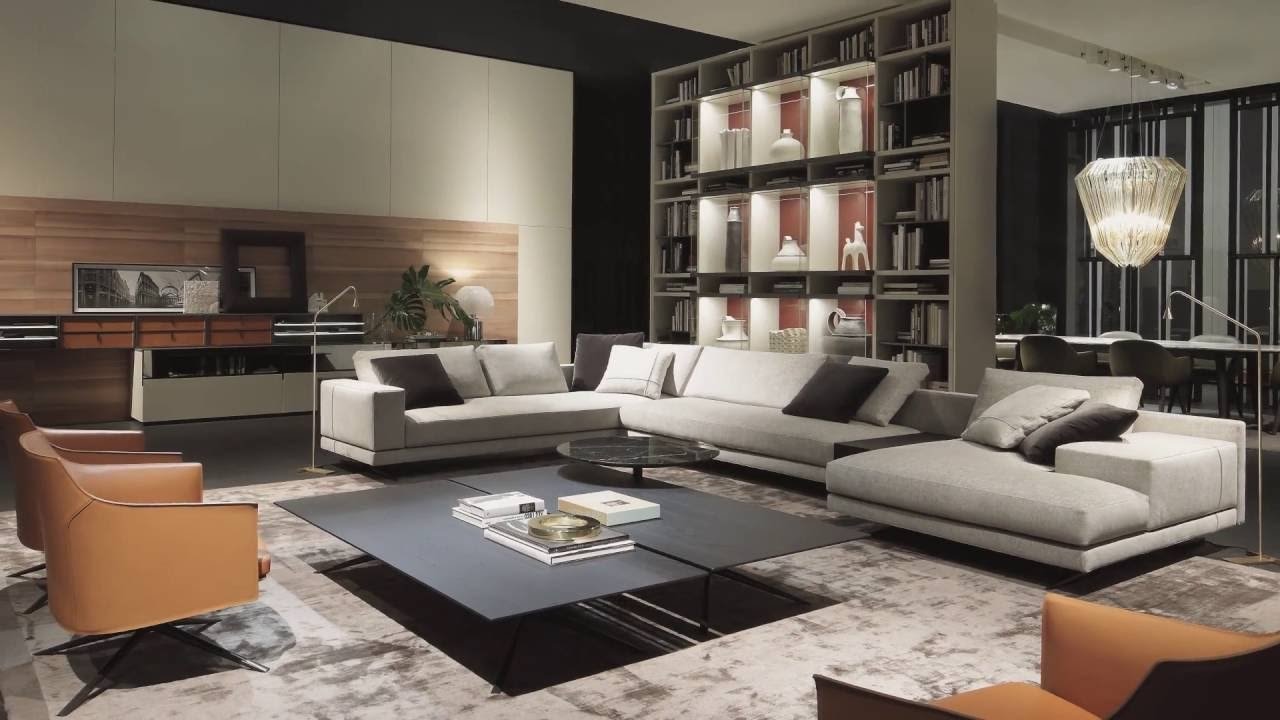
Image Courtesy: House Sumo
An even balance between closed and open storage brings harmony within a space. Open storage also serves as a display for decorative elements. This also breaks the linearity or monotonous effect of continuous closed storage.
3. Island Tables
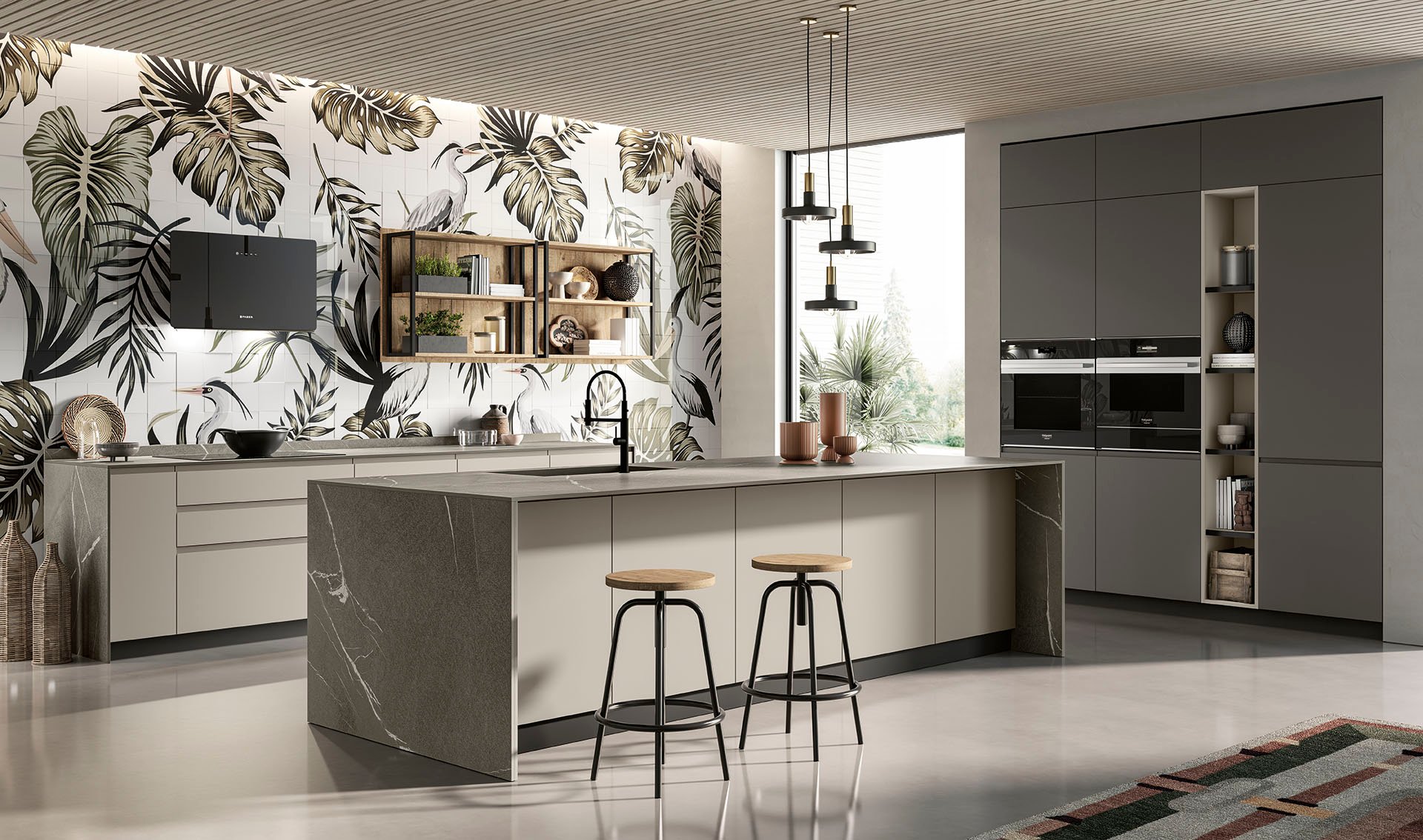
Image Courtesy: Colombini Casa
It is well known that kitchen and dining rooms are very important segments in Italian design. The introduction of an island table or a breakfast counter within the open kitchen improves socializing.
4. Ornamental Treatments
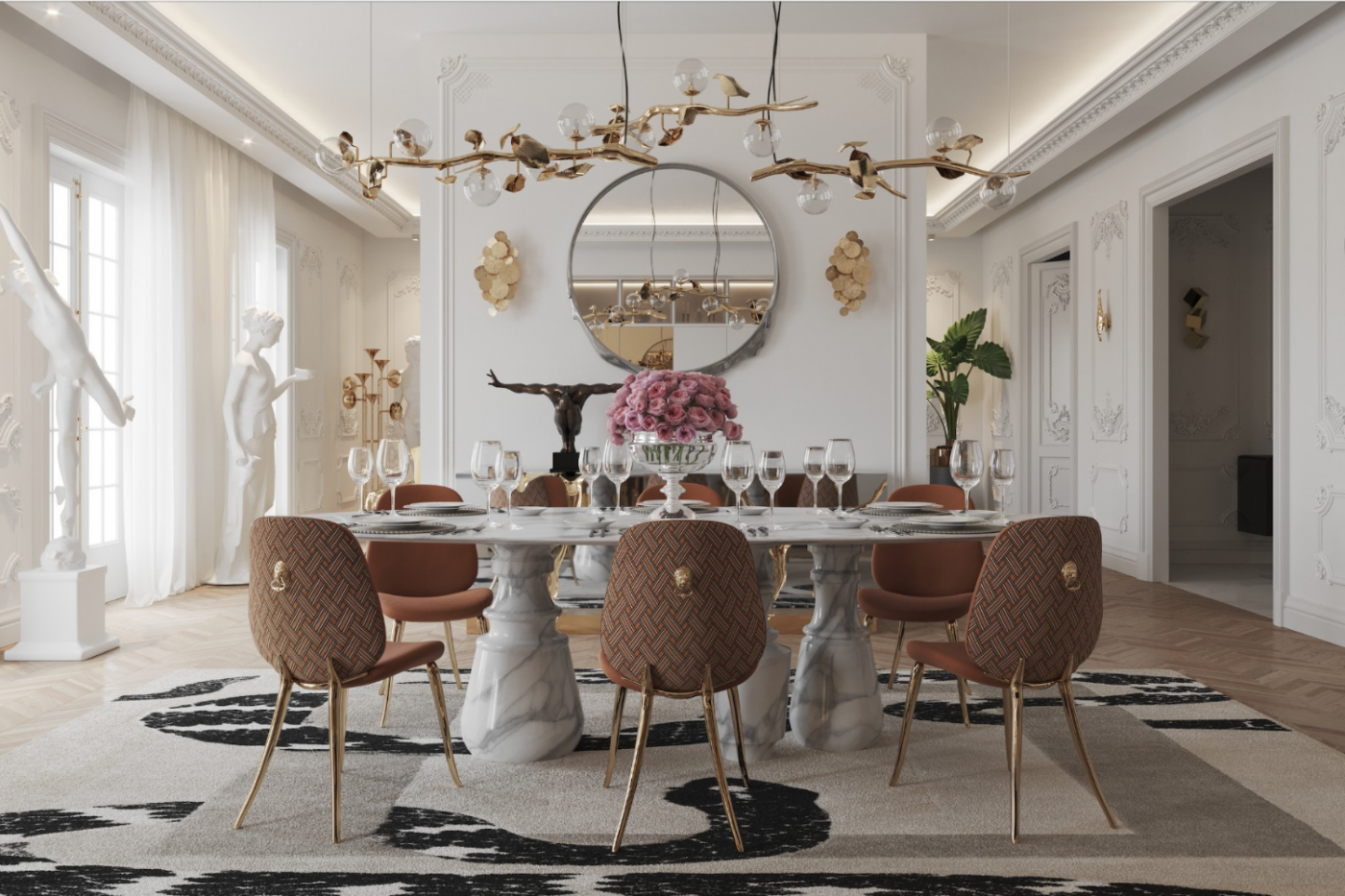
Image Courtesy: Boca do Lobo
Intricate details on ceilings in the form of trims and mouldings or shutter details help distinguish Italian designs from the rest. With the evolution of design through time, ornamentations have transformed as well.
Italian Design Decoded
Luxury is often synonymous with Italian design. This is characterised by high-quality materials, timeless design concepts and functionality. A mixture of this with its aesthetic appeal is a popular choice of design.
A common notion among users is that Italian designs are the best in quality, craftsmanship and detail. Its interior design segment doesn’t diverge in this regard. Their smart solutions and fusion of modern and traditional concepts set Italian design apart.
Article info
Article:
Date added:
2 February, 2023

